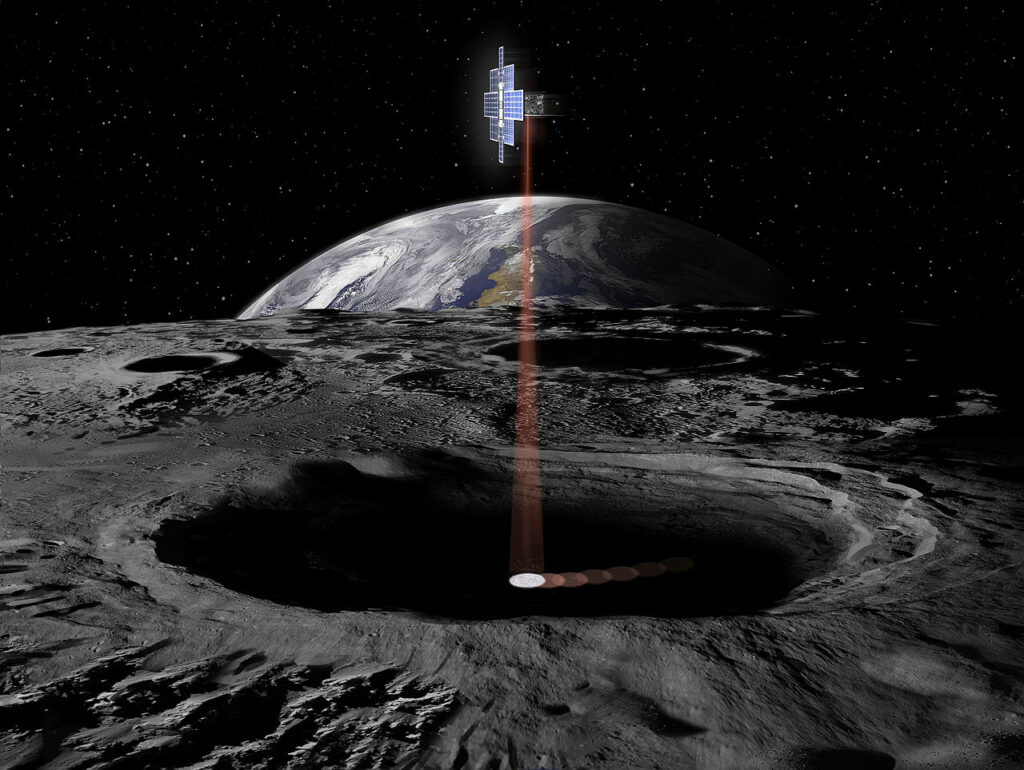NASA specialists continue to try to transfer the Lunar Flashlight spacecraft into orbit, which will allow it to fulfill its scientific program. This is stated in a message published on the mission’s blog.

Lunar Flashlight is a 14-kilogram spacecraft created on the basis of the Cubesat platform. It was launched on December 11, 2022, as one of the associated cargo of the Artemis I mission. The main purpose of the satellite is to search for traces of water ice and volatile substances in the polar craters of the Moon. For this purpose, Lunar Flashlight is equipped with an infrared laser and a spectrometer. The mission plan assumed that during the flight over the polar craters, the satellite would highlight their bottom with a laser. The spectrometer will analyze the light reflected from the lunar surface, which will determine its composition.
Unfortunately, shortly after the deployment, the spacecraft encountered technical problems. Cubesat engines could not work at full capacity due to clogging of fuel lines. Despite all the efforts of engineers, Lunar Flashlight has not been able to perform the maneuver necessary to move into orbit around the Moon.
To save the mission, engineers have developed a new plan. Its essence lies in the fact that Lunar Flashlight will remain in a remote orbit around the Earth, where it will fly over the south pole of the Moon once a month. This will allow Cubesat to fulfill the main part of its scientific program.
In February 2023, Lunar Flashlight attempted to perform a series of course corrections that would allow it to move into the desired orbit. They had some success, however, due to problems with the fuel lines, so far the spacecraft has not been able to complete the maneuver. According to experts, they have about one month left in stock. If they fail to solve the problem with the engines by the end of April, Lunar Flashlight will not be able to fly over the south pole of the Moon and fulfill its scientific program.
You can also read about how astronomers confused another cubesat of the Artemis I mission with an asteroid.
According to https://blogs.nasa.gov
Follow us on Twitter to get the most interesting space news in time
https://twitter.com/ust_magazine

